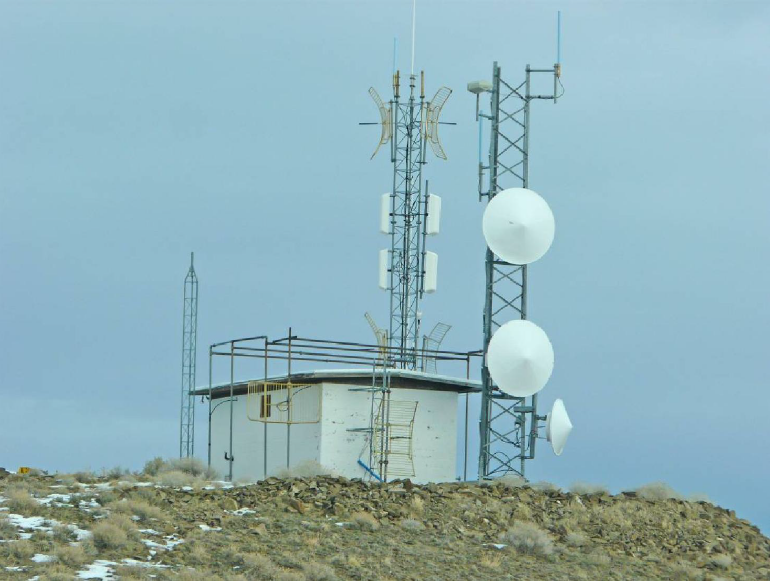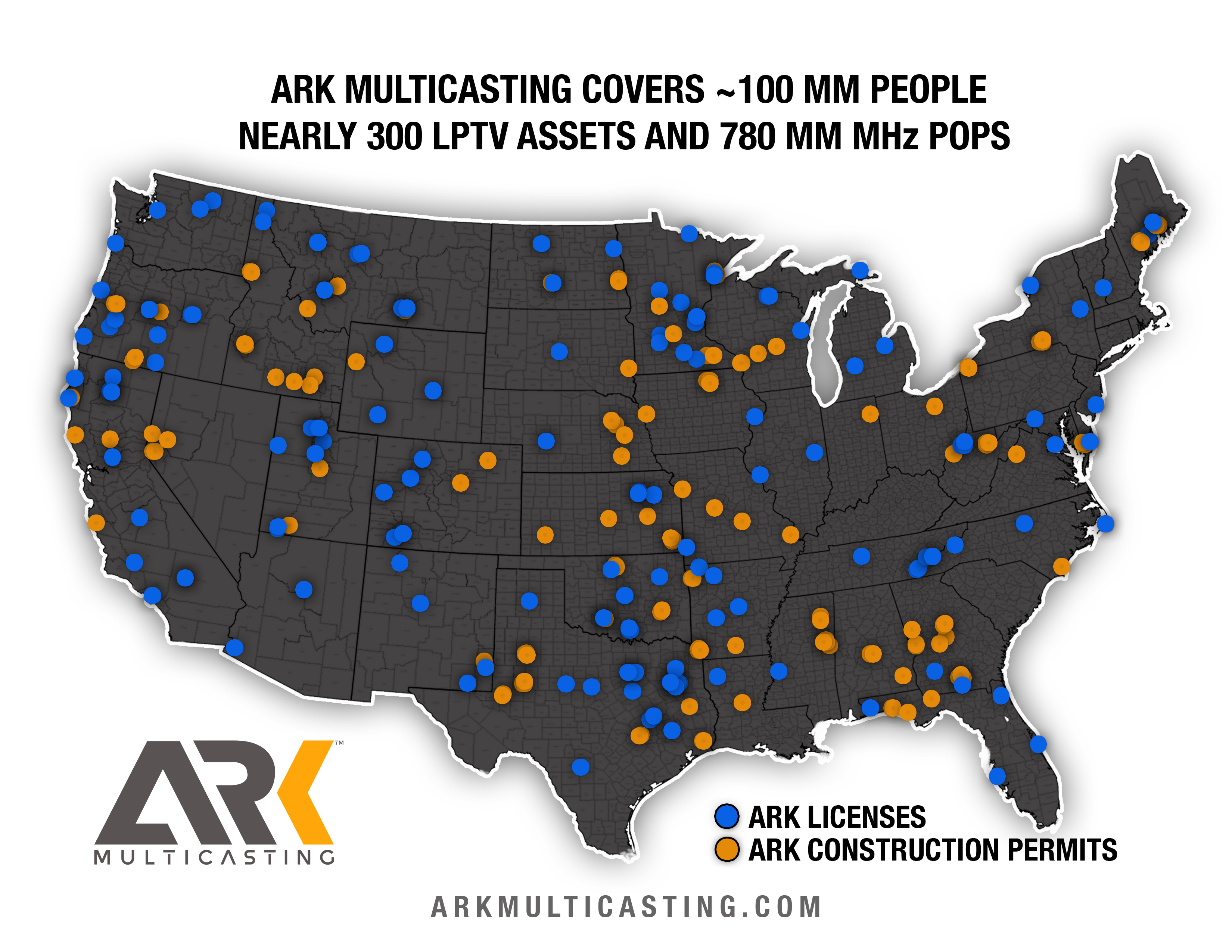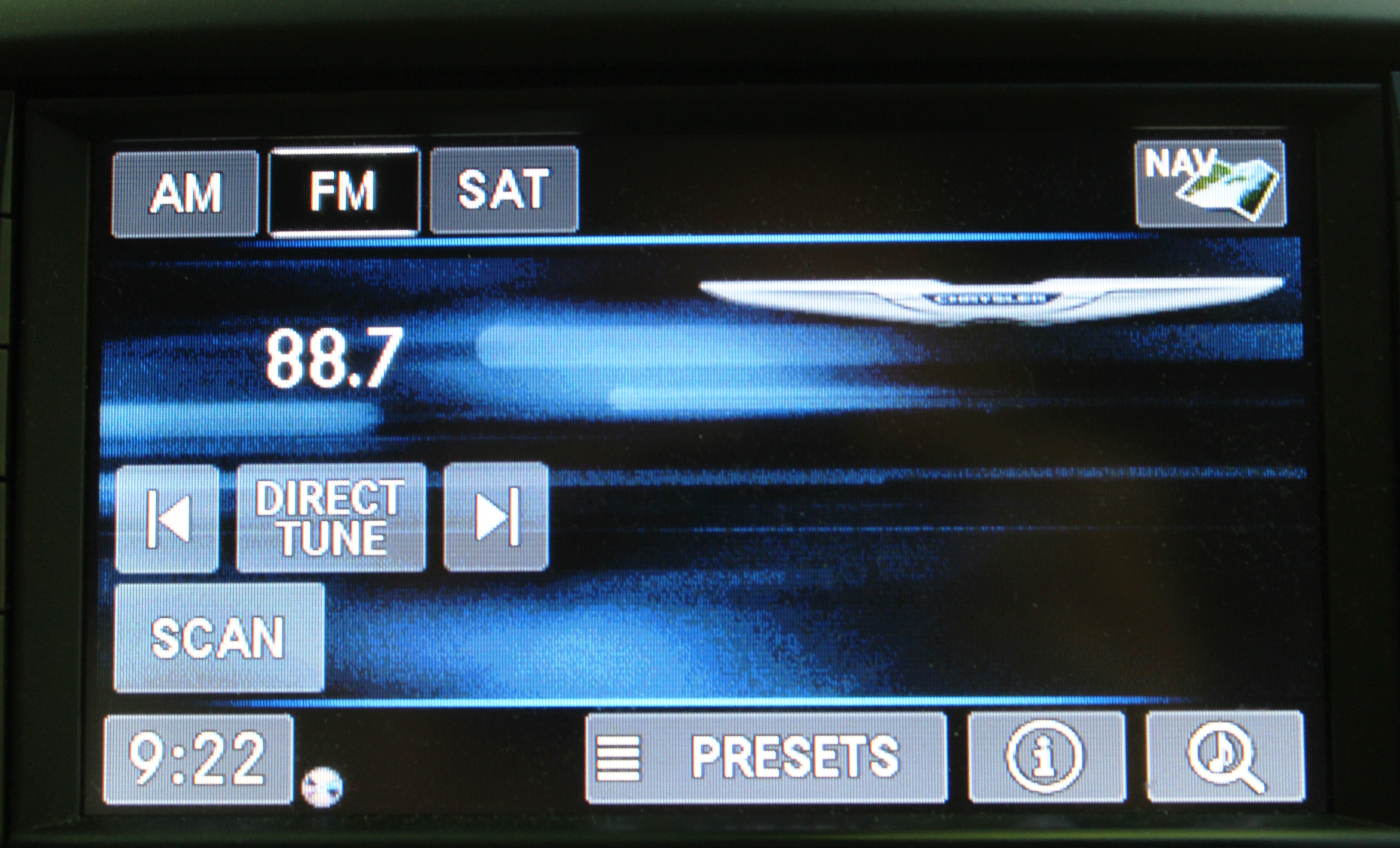It’s ‘Go Digital or Go Dark’ Time for LPTVs
Most should meet the July 13 analog shutoff

ALEXANDRIA, Va.—“High noon” is rapidly approaching for the low-power television stations and translators that have not already made the switch to digital broadcasting, with a hard deadline of July 13 having been set by the FCC.
LPTV/translator operators were exempted from the June 2009 mandate which required cessation of analog transmissions by all full-power stations, and were initially given until Sept. 1, 2015 to transition to digital. Some four months before that due date—in consideration of the spectrum auction and repacking moves being made by full-power stations—the commission extended the LPTV digital deadline to mid-summer of this year.
According to the latest FCC figures, there are some 1,985 low-power TV broadcasters (LPTVs) and 3,306 TV translators licensed to operate. This combined facility figure is far greater than the number of full-power stations that had to move away from analog transmissions more than a decade ago. However, as the time for either going digital or going dark is rapidly approaching, most of those in the industry involved with LPTV and translator conversions expressed optimism that the deadline will be met.
Staying Ahead of the Curve
ARK Multicasting is heavily involved in LPTV, owning or managing nearly 300 stations nationwide. CEO Josh Weiss, said the Dallas-based company committed to moving into a fully-digital environment early on.
“Our first digital construction permits were granted in 2006 and we began building those out by 2009,” he said. “Meeting the deadline will not be a problem for us. We still have around 30 stations that need to be converted, with most of these being rebuilt on a new channel due to the repack. They have been off the air for this reason and [will return as digital].”
Weiss noted that in most cases, the conversion wasn’t as simple as just replacing an exciter.
The professional video industry's #1 source for news, trends and product and tech information. Sign up below.
“We found that for our broadcast internet business plan, the power levels are going to change, so the transmitter is going to change, and the antennas may have to change,” he said. “We found that it’s perhaps better in some cases to rebuild on a different tower or change locations. The majority of our stations have, or are, being rebuilt with a new antenna, a new transmitter and a new exciter.”
A spokesperson for another broadcast group with a large number of LPTVs and translators in its holding reported that there should be no problem in meeting the low-power analog-to-digital deadline, as more than 95 percent of their transmission facilities have already been converted, with the remaining sites either ready to flash cut to digital prior to July 13 or permanently shut down.
The spokesperson, who asked not to be identified, explained that the facilities being taken off the air were, in most cases, quite old and had outlived their usefulness as they are located in thinly populated areas that are now served by other signals after the latest full-power repack and maximization.
‘A Few Analog Stations Still Cooking Out There’
Lee Miller, the executive director of the Advanced Television Broadcasting Alliance, a trade association representing LPTVs, reports that in most cases, stations which are part of the group are in good shape to meet the FCC’s deadline.
“For our members in general, this is not really a problem,” said Miller. “Although, there are still quite a few analog stations still cooking out there.”
Asked if the unreimbursed cost of digital conversion might be a factor in the decision by some operators to throw in the towel, Miller said that this shouldn’t have happened, as gains greatly outweigh the expenses
“Right now, just about the only people picking up analog stations are cable companies,” he said. “Most of our membership hasn’t complained about having to go digital. It’s really a shame to let a station go dark when there are other solutions. We’ve been helping members within our alliance find those solutions.”
Weiss added that with their move to digital, low-power stations can help pave the way for NextGen TV broadcasting.
“LPTVs have always been strong in community service by providing local programming,” he said. “The industry also has the ability to assist in making the transition to ATSC 3.0. Most analog stations are getting into situations where they can flash cut to ATSC 1.0 with equipment that can [later] be used for 3.0.”
With the shifting of some population centers, translators have become increasingly important in serving outlying viewers. John Terrill, president of the National Translator Association, says that overall, the march to take the nation’s voluminous number of low-power transmitters to digital has gone well, noting that only a relatively small number might be left behind.
“Most, but a very few, have converted to digital, and made the move on time,” said Terrill. “There are a few analog stations which have not converted, but they must do so by July 13 or turn it off. I don’t know how many stations were granted a construction permit and did not build.”
Terrill added that it was extremely important for LPTV and translator operators to check with the FCC to make sure that if they had converted to digital, the commission’s records reflected this. The LPTV/translator digital/analog status database is available for searches on a state-by-state basis through the FCC’s Licensing and Management System (LMS).
“Mark Colombo, the FCC’s associate chief of the Video Division, guaranteed at the NTA convention in May that stations indicated on the list as analog as of the July deadline will have their license cancelled,” said Terrill.

Consultants Report Relative Calm
The LPTV digital conversion initiative seems to be going well, judging from comments by individuals at several engineering consulting groups.
“I’ve only had one low-power client recently,” said Bill Meintel, partner and technical consultant at Meintel, Sgrignoli, & Wallace. “All the others have already made the transition.”
Meintel said that the majority of LPTV work was brought about by the recent full-power station repacking. “We’ve worked with dozens of LPTV stations that were displaced due to the repack, but a lot of these were already operating in digital before being displaced. I don’t really remember any analog operations, but there must have been some. We did a whole bunch of relocations.”
Erik Swanson, a broadcast engineer with Hatfield & Dawson Consulting Engineers, is working with about a half dozen low-power clients, with severa operating a fairly large number of transmitters.
“They’re trying to meet the conversion deadline,” said Swanson, noting that owners were eligible for a six-month grace period beyond the July deadline if they’d applied to the FCC before its March 2021 deadline for extensions.
Swanson said he wasn’t aware of any common denominator in connection with stations that haven’t made the switch yet. “I would imagine in some cases that it has been that they just have not gotten around to this. Others are nursing analog along because some viewers haven’t switched over.”
He was optimistic that all of the broadcasters he was working with would meet the deadline. “None have asked for help in terminating their licenses.”
Carl Gluck, a senior engineer at Carl T. Jones consulting firm, reported that he’s working with a number of clients that collectively operate a fairly large number of low-power and translator facilities, and is optimistic that none will fail to make the July deadline.
“The intention is that this is not going to happen,” said Gluck. “Our clients want to move on.” He reported that none of the low-power clients he’s assisting has considered surrendering their licenses. “Right now, it’s ‘get it on the air and make improvements later with a different antenna, higher power transmitter, or a greater antenna height.’”
Vendors: ‘All is Well’
Manufacturers of exciters, transmitters and other RF gear that may be needed for digital conversions report too that the most LPTV players apparently took the FCC’s mandate seriously and planned their digital conversions far enough in advance to meet the July deadline.
“We’ve been fairly active during the past six or more months in low-power projects,” said Joe Turbolski, vice president of sales and marketing at Hitachi-Comark. “But I’ve only seen a few last-minute requests.”
Graziano Casale, Broadcast & Media account manager at Rohde & Schwarz USA, also reported no eleventh-hour flurry of LPTV activity. “We have seen, starting in the beginning of 2021, an uptick of interest and new projects in the LPTV space, but not much last minute driven by the analog sunset.,” said Casale. “This is a clear sign that customers were prepared months in advance for the event and carefully made their decision and their plan accordingly.”
Nick VanHaaster, district sales manager at GatesAir, also reported the absence of any down-to-the-wire requests for gear. “The upward swing of interest started in April, with various stations making the request to convert by the summer,” he said. “Some of these requests came from stations that were already running digital on other translators, but had not yet managed to get a few smaller outlying areas converted.”
VanHaaster added that GatesAir was ready to assist procrastinators if the need should arise. “Since our manufacturing plant is local, we are able to deliver on many last-minute requests.”
So, be it either a flash cut to digital by the few remaining LPTV holdouts who intend to keep broadcasting, or a final push of the “off” button on July 13, the final chapter on U.S. analog TV broadcasting is about to end.
Franken FM Gets Stay Of Execution
Although U.S. analog television broadcasting is set to become extinct on July 13, the FCC is allowing one class of analog transmission to continue in TV spectrum after that date, at least temporarily. This is the somewhat controversial “Franken FM,” which uses the TV Ch. 6 (82-88 MHz) FM audio carrier (87.75 MHz) to transmit audio programming unrelated to the video being broadcast on that channel. The practice has been around for more than a decade, with these low-power FMs popping up in many areas where Ch. 6 wasn’t being occupied by a full-power station.
It was thought by many that the July moratorium on LPTV analog operations would spell the end for the Franken FMs, but the FCC has granted the operator of one Ch. 6 LPTV station (KBKF-LD) in San Jose, Calif. Special Temporary Authority (STA) to continue transmitting an analog FM carrier along with its ATSC 3.0 digital signal.

The STA, which was granted on June 4 and runs for six months, is conditional, allowing the station to operate in this hybrid digital/analog mode with the Commission being able to modify or terminate it in cases of inference to other licensed spectrum users or “for any other reason upon written notice.”
The operator of KBKF-LD, Venture Technologies Group, claims that such hybrid operation is permitted within the ATSC A/322 standard and is operating with its 3.0 signal occupying 5.509 MHz of the Ch. 6 six MHz bandwidth and that it had received no interference complaints after three months of transmitting in this hybrid fashion.
Under the terms of the STA, Venture is required to submit written reports at regular intervals delineating “any reports of interference to other licensed users” as well as any interference observed “between KBKF-LD’s audio and video services that in any way limits coverage of its video.”
The STA also requires the station to provide “at least one stream of synchronized video and audio programming on the ATSC 3.0 portion of [its] spectrum on a full time (24x7) basis.” In addition, the station also has to demonstrate that its regular audio and video coverage is not impacted by operation in the hybrid digital/analog mode.
At least one manufacturer of antennas and RF equipment, Jampro, is offering a combiner that accommodates such hybrid operations, the “FM Sidekick.”
For additional information about “Franken FMs” and the July 13 sunsetting of analog TV broadcasting, see Randy Stein’s article—“ Time Running Out for FM6 Stations?” at TV Tech’s sister publication radioworld.com.
